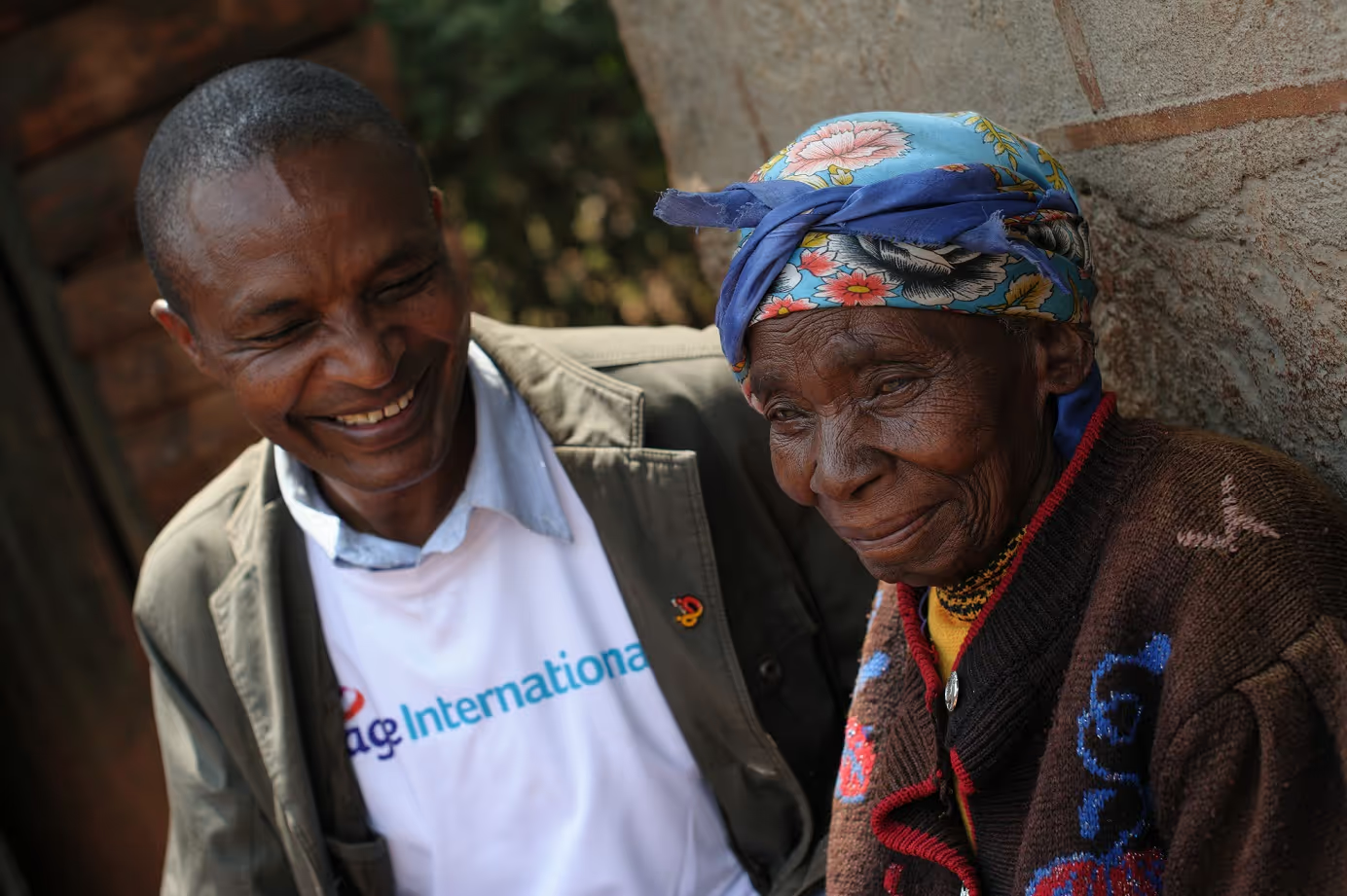Final Report: RAM-OP

In emergencies, older people are rarely identified as a vulnerable group by ministries’ officials, non-governmental organisations or donors. As a consequence, little information is available about the nutritional status and the needs of older people in emergencies. Furthermore, humanitarian workers often argue that the methodology for assessing the nutritional status of older people is costly and complicated. RAM-OP is a rapid assessment method for measuring the nutritional status and needs, and other related factors that affect older people in humanitarian situations. It includes a questionnaire, a sampling method, and software for data analysis. This final project report provides information on the project methodology, activities, outputs, impact and dissemination of learning.